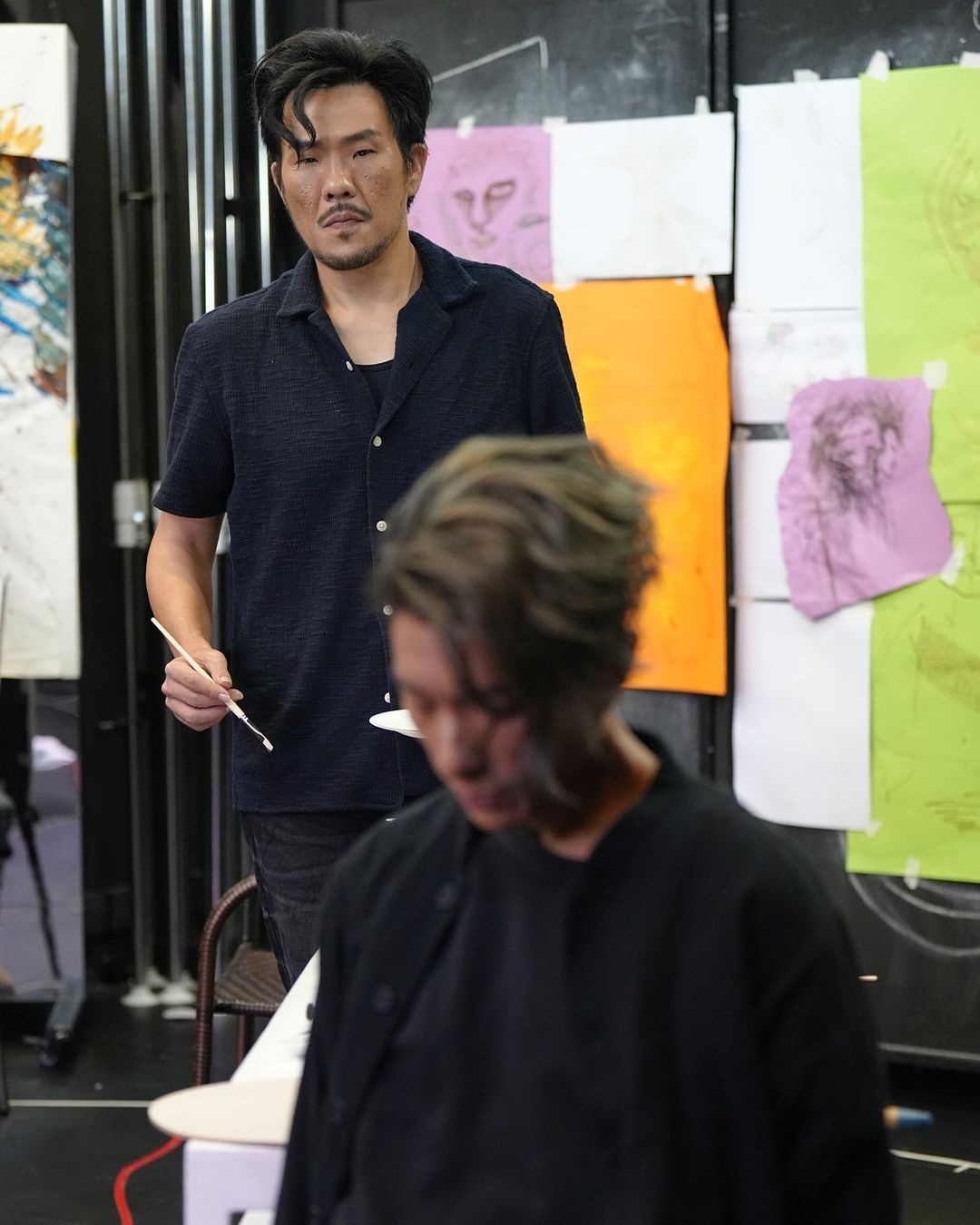Theatre Ronin—known for adapting great books by local literary icons like Xi Xi and George Orwell—has a new production that honours the true story of the forgotten movie poster illustrator who made Chow Yun Fat and Bruce Lee the film icons we love
Hong Kong rock band Zarahn’s lead singer Endy Chow remembers going to the cinema with his parents one afternoon in 1992 when he was a schoolboy. “My family and I passed by New World Centre and saw this giant hand-painted poster hanging on its façade, on which Jet Li leapt up and brandished a sword,” he recalls. He and his family were so dazzled by the martial artist’s mighty look that they went to see the movie, The Smiling, Proud Wanderer, adapted from Jin Yong’s classic wuxia novel.
Chow could not have imagined that many years later, he would be collaborating as a music director with Theatre Ronin—a local company with a focus on productions about Hong Kong—on a new show about the movie poster artist who filled his childhood with wondrous imaginings and memories.
Don't miss: The Woman Behind The Words: Eileen Chang

Premiering this month, Beyond This Time takes audiences back to the days when Hong Kong’s movie posters were the main form of film promotion. The musical features seven songs by Chow that tell of historically significant moments in the life of one of the most prolific movie poster illustrators, Jimmy Keung.
Hand-painted movie posters, which stretched several floors of buildings, were a common sight from the 1960s to the 1990s. Alex Tam, the founder of Theatre Ronin, recalls how Tsim Sha Tsui’s bustling Nathan Road and Hong Kong Island’s King’s Road—all the way from Wan Chai to Quarry Bay—were “turned into museums with public art that’s free for all”.
Keung, who was born in 1958, was a quiet child, and felt a particular connection to these artistic creations. He says, “With just a picture, you could tell what the story and who the villain or hero was. I started painting as it was an easier way for me to communicate my feelings.”



